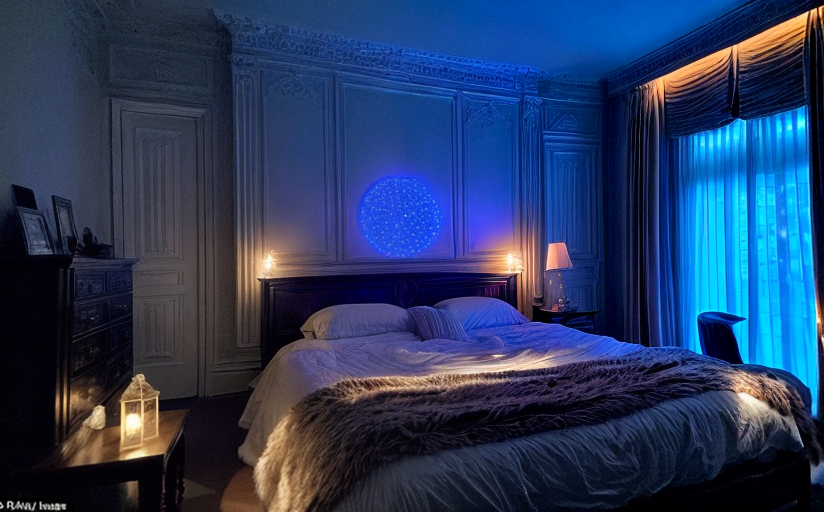The Influence of Bioluminescence on Interior Design
The astoundingly beautiful phenomenon of bioluminescence—the emission of light by an organism—has always enthralled observers. What is fascinating is the degree to which bioluminescence has influenced an array of fields, interior design being one of them. Let's delve into the captivating science of bioluminescence and discuss how it became a source of inspiration for contemporary interior designers.
Bioluminescence: Nature's Lighting Parameter
Bioluminescence is generally produced by marine creatures like jellyfish and certain algae. So, why does this natural bio-luminary attract designers? The tones and hues of bio-lights are soft, creating an ethereal ambiance that conventional lights can't adequately reproduce. This feature has pushed designers to frame interiors mimicking the subtlety of bioluminescent creatures.
Bioluminescence and Aesthetics
Imitations of bioluminescent lifeforms have found a place as decorative elements and illumination devices in modern living spaces. Light installations mimicking floating jellyfish or glowing algae clusters contribute to a mesmerizing and unique aesthetic feeling, enhancing the wonderment and intimacy of interior spaces.
Ambiance and Mood
Much like how natural bioluminescence affects mood in nature, it's stunning adaptation in interior design also influences mood and atmosphere. Glowing murals or subtly illuminating lamp fixtures can create a calming and soothing atmosphere, positively influencing mood.
Sustainability: A Green Light
Beyond the aesthetic appeal, the concept of harnessing bioluminescence could pave the path for sustainable and eco-friendly designs in the future. Imagine a future where our lighting solutions are provided by bioluminescent organisms, reducing our reliance on fossil fuels and electricity.
Examples and Future Directions
Renowned designers like Teresa van Dongen have already taken notable steps in this direction creating lamps powered by bioluminescent bacteria. Others are designing wallpapers with bioluminescent patterns that emanate a soft glow, transforming the room's feel after daylight fades.
The future prospects of bioluminescence in interior design are enormous, limited only by the boundaries of creativity and innovation. We can hope to see sustainable, intriguing, and pioneering interior design trends that further harness the magic of bioluminescence, making living spaces more engaging, environmentally friendly, and evocative.
In conclusion, bioluminescence has indeed started to illuminate the corridors of interior design, creating interiors that not only awe and inspire but also carry the promise of a sustainable and radiant future.



















Comments
Leave a Comment